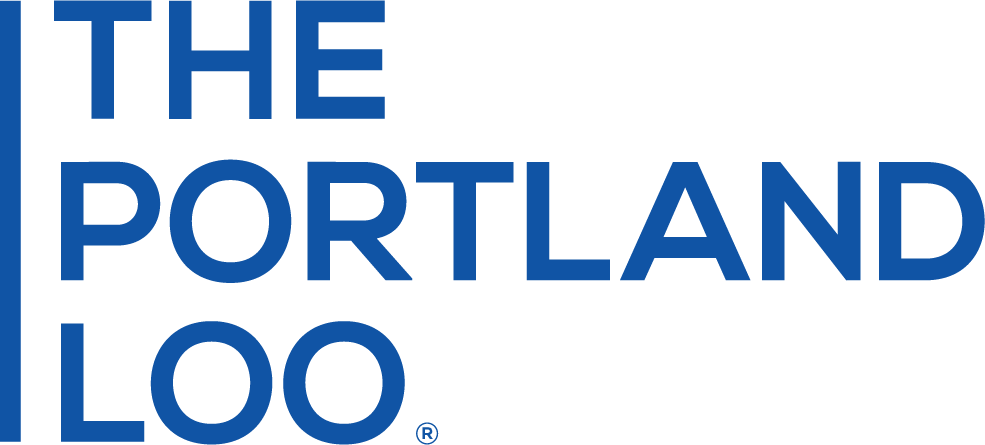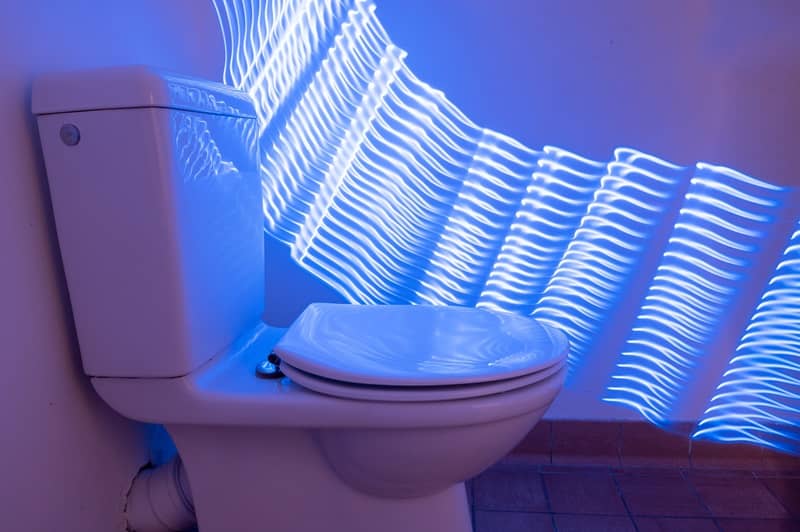Public restrooms have a long and storied history spanning numerous cultures and diverse periods throughout thousands of years. Despite this expansive timeline, the public restroom remained largely unchanged.
Except for some material modifications, the public restroom remained functionally unchanged until the 21st century. The Portland Loo sparked an unlikely revolution in the public restroom by building a toilet for the city. This is the Loo’s rebellious and ingenious story.
A Growing Need
As with most game-changing inventions, the Portland Loo came about from necessity. The City of Portland was reeling from a string of high-profile and costly public restroom failures. At the same time, it was struggling with widespread homelessness, high levels of criminal activity, and an epidemic of drug addiction. Conventional restrooms only exacerbated these issues as they sucked up too much energy and resources, detracted from the surrounding beauty, became hotbeds for criminal activity, and inevitably failed to survive.
The Initial Concept
Intent on avoiding these public restroom shortcomings while still addressing the vital public need for a safe, accessible, and hygienic place to go, the City of Portland went back to the drawing board. Instead of installing more impractical restrooms in a vicious cycle, the solution was to rethink the very concept of a public restroom.
In 2006, Portland City Commissioner Randy Leonard spearheaded the initial conception of a revolutionary restroom that would pick up the slack of standard facilities without suffering their drawbacks. The goal was to create a restroom that would:
- Provide a safe and accessible place for all citizens
- Withstand routine use and common misuse
- Deter criminal activity
- Be easy and cost-effective to maintain
- Look good where it’s installed
- Incorporate eco-friendly features
A Revolutionary Design
This wish list was brought to Madden Fabrication – a leading local fabrication specialist – which took on the challenge of translating these ambitious goals into a tangible product. They worked closely with the city to develop a prototype that met all these criteria. The result was several unique features such as:
Stainless Steel Walls – The walls are made of heavy-gauge stainless steel that is resistant to graffiti and vandalism, ensuring durability and ease of maintenance.
Small Footprint – Measuring only 6 feet x 10.5 feet, the Loo is small enough to be placed in a variety of commercial, urban, and park settings while maximizing space.
Limited Privacy – Open grates at the top and bottom of the Loo allow passersby and safety officials can detect criminal activity quickly without entirely compromising privacy.
Sustainable Features – Low-flush toilets, solar panel add-ons, LED lights, and other eco-friendly features vastly improve the restroom’s sustainability.
Putting the Loo to the Test
Within just two years of beginning the design phase, the first Portland Loo was installed in Portland’s Old Town Chinatown in 2008. This one-of-a-kind restroom was immediately put to the test in an area known for its high pedestrian traffic, higher rate of homelessness, and public safety challenges.
By choosing Old Town Chinatown for the first installation, the City of Portland could address multiple urban challenges simultaneously while showcasing the potential of the Portland Loo as a scalable solution for other parts of the city and beyond. The pilot program was a massive success, and the city ended up installing over a dozen more Loos.
The Loo Takes on the World
The concept of the Loo, which began as a unique solution to public restroom needs in Portland, Oregon, is now spreading across the country and internationally. The Loo’s first out-of-state location was actually outside of the US in Vancouver, B.C. This was the first of many in Canada.
In 2016, the Loo made its debut in the northeast with a prominent spot on the Harvard University campus. That same year, the popular town of Dunedin, New Zealand caught the Loo fever and installed a unit near a popular tourist spot.
The Portland Loo is currently spread across the globe in more than 20 different cities and three different countries. It’s been trusted by cities in business districts, downtown centers, transit centers, public parks, residential areas, and university campuses.
What the Future Holds
As the Portland Loo continues to evolve, its future seems as promising as its present. The Loo prepares cities for tomorrow by offering a cost-effective, safe, durable, and accessible solution for the essential need of sanitation in public spaces. As cities become more focused on sustainability, inclusivity, and smart urban planning, the Portland Loo stands out as a forward-thinking approach to a long-standing challenge.
Future plans for the Loo include continuing its spread to new locations, adapting to different urban landscapes, and serving the evolving needs of both the city and its users. With ongoing enhancements in design and technology, the Portland Loo is well-positioned to remain at the forefront of urban sanitation solutions in the years to come.


